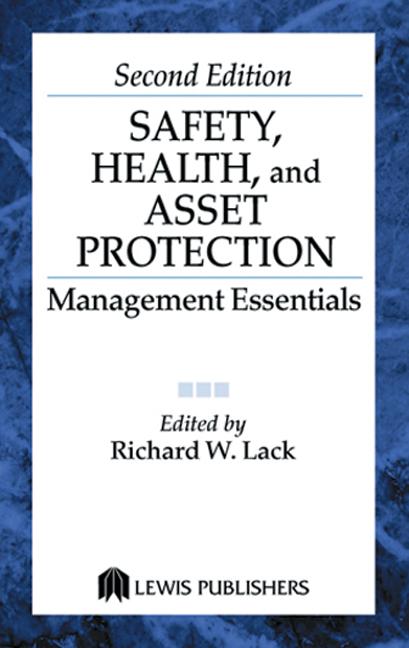A Monday afternoon session at the AIHce delves into the topical issue of Electronic cigarettes, or e-cigarettes. E-cigarettes have only recently by the U.S. Food and Drug Administration (FDA). Because of this, there are no safety checks or requirements for what can go into an e-cigarette.
The American Lung Association is concerned about the potential health consequences of e-cigarettes.
E-cigarettes, including e-pens, e-pipes, e-hookah and e-cigars, are known collectively as electronic nicotine delivery systems (ENDS). According to the FDA, e-cigarettes are devices that allow users to inhale an aerosol (vapor) containing nicotine or other substances. Unlike traditional cigarettes, e-cigarettes generally are battery-operated and use a heating element to heat e-liquid from a refillable cartridge, releasing a chemical-filled aerosol.
To create an e-liquid, nicotine is extracted from tobacco and mixed with a base (usually propylene glycol), and may also include flavorings, colorings and other chemicals.
Because there is little government oversight of these products, nearly 500 brands and 7,700 flavors of e-cigarettes are on the market, all without an FDA evaluation determining what’s in them. There is no way for anyone—healthcare professionals or consumers—to know what chemicals are contained in e-liquids, or how e-cigarette use might affect health, whether in the short term or in the long run.
Early studies show that e-cigarettes contain nicotine and also may have other harmful chemicals, including carcinogens.
Nicotine is not safe. The U.S. Surgeon General has found exposure to nicotine during pregnancy harms the developing fetus, and causes lasting consequences for developing brain and lung function in newborns. Nicotine exposure also affects maternal and fetal health during pregnancy, and can result in low birth weights, preterm delivery and stillbirth.
Nicotine also negatively impacts adolescent brain development. Human brain development continues far longer than was previously realized, and nicotine use during adolescence and young adulthood has been associated with lasting cognitive and behavioral impairments, including effects on working memory and attention.
In initial lab tests conducted in 2009, the FDA found detectable levels of toxic cancer-causing chemicals—including an ingredient used in antifreeze—in two leading brands of e-cigarettes and 18 various cartridges. A review of studies found that levels of toxins in e-cigarette aerosol varied considerably within and between brands. A 2014 study found that aerosol from e-cigarettes with a higher voltage level contains more formaldehyde, another carcinogen with the potential to cause cancer. The findings are alarming to the American Lung Association, which is urgently calling for FDA oversight of these products.
Aside from concerns about e-cigarette use and emissions alone, calls to the nation’s poison centers related to e-cigarette exposure poisonings are rapidly increasing, according to data released by the Centers for Disease Control and Prevention (CDC). One study found that while most calls involving e-cigarette liquid poisoning came from accidental ingestion of the e-cigarette or its liquid, about one-sixth of the calls related to someone inhaling these items. Exposure through the eye and the skin were also reported.
Large doses of nicotine have a potential for poisoning, with symptoms beginning with nausea and vomiting in cases of acute toxicity and progressing to seizures and respiratory depression in cases of severe nicotine poisoning. This is particularly true in children; calls to poison control centers related to children and nicotine have spiked nationwide.







